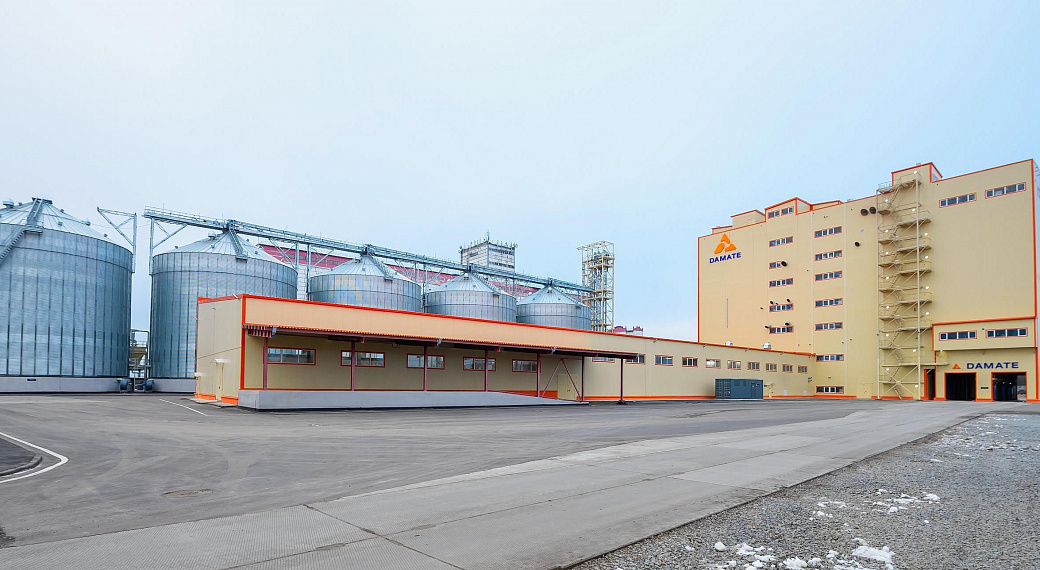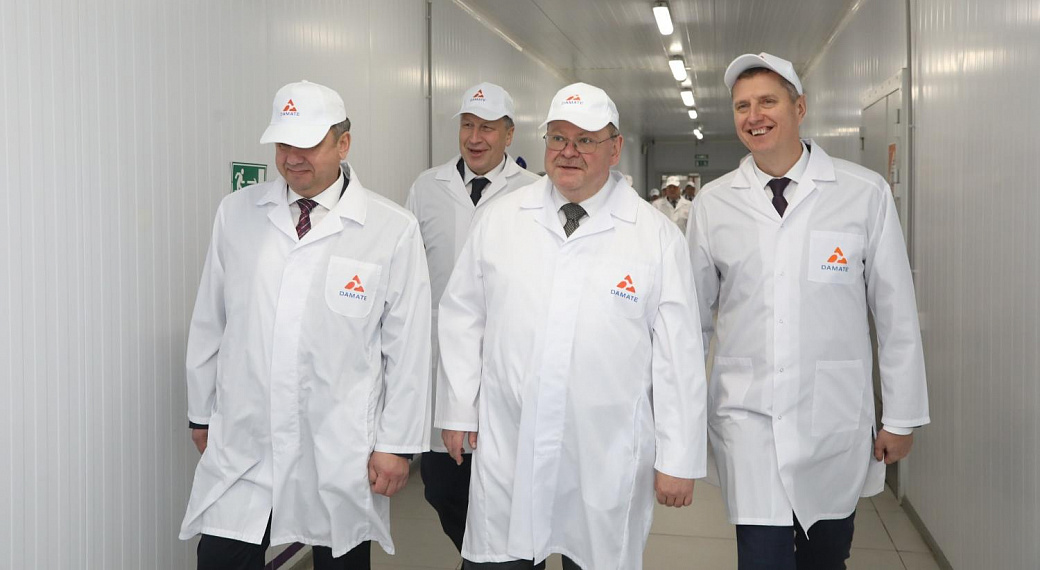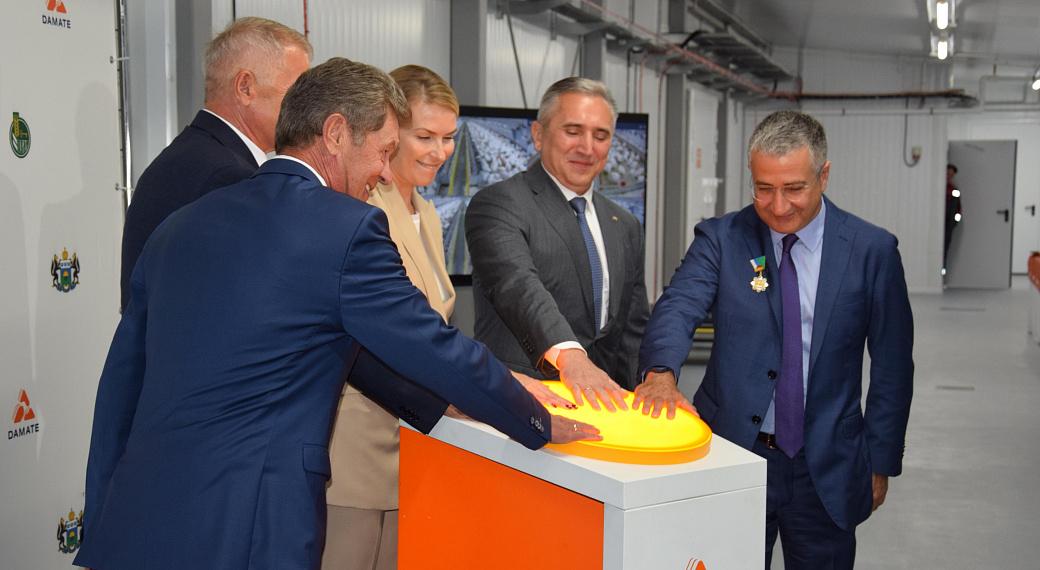Damate launched the largest feed mill and elevator in Volga region

Damate has built a new feed mill and elevator worth 4.5 billion rubles in Penza region. Thanks to the launch of the enterprise, the turkey production complex reaches full self-sufficiency with feed.
Damate Group is the leader in turkey production in Russia, which has built a feed mill in Penza region, designed to produce 50 tons per hour of total mixed and granular ration. After reaching the planned capacity, the feed mill will become the largest feed production facility in Volga region. The company has increased the capacity of the elevator by 37.5 thousand tons up to 93 thousand tons of one-time storage. There is also a site for storing grain in plastic-sleeved container with a capacity of 50 thousand tons.
Investments in construction amounted to 4.5 billion rubles, the financial partner was the Russian Agricultural Bank JSC, Rosselkhozbank.
The launch of the feed mill and elevator allowed Damata to increase the total annual capacity of feed production up to 886 thousand tons and fully provide the turkey growing complex with its own feed. The company is able to control the production of compound feeds, as well as acquire the maximum amount of crops at the time of harvesting at minimum prices.
The grand opening of the new facility took place on November 29. Oleg Melnichenko, the Governor of Penza region assessed the construction results, noting the high importance of these facilities for the region. The event was attended by Rashid Khairov, CEO of Damate Group, representatives of the Russian Agricultural Bank, local authorities, constructors and employees of the enterprise.
The project was implemented on the territory of the existing elevator complex acquired by Damate in 2019 in Kolyshlei district. Construction was started in April 2021; the facilities were commissioned in November 2022.
The project provides for the possibility of receiving raw materials from road and rail transport, its storage, production of compound feeds and shipment of finished products to motor transport. The presence of a railway line, a well-developed transport infrastructure and the export availability are the advantages of Damate’s project in Penza region.
For this purpose, receiving facilities for automobile and railway transport, a feed mill, elevator, grain dryers, granaries, warehouses for meal, container storage and oil, bunkers for finished products and a complex of infrastructure facilities were built.
The elevator, built as part of the project, is designed for storing grain raw materials and consists of five metal silos with a capacity of 7.5 thousand tons each. Grain enters the silos from the working tower via a conveyor trestle, which is stored in them before being sent to the feed mill. In order to comply with the quality parameters, the grain temperature is constantly monitored and, if necessary, active ventilation is applied.
Raw materials enter the feed mill by road and rail. Vehicles with grain are weighed on a weighbridge and, after laboratory control, they are unloaded. Samples of raw materials are taken by an automatic grain sampler; railway wagons after weighing arrive for unloading at a newly built receiving facility.
The company pays special attention to the implementation of veterinary and sanitary measures aimed at preventing the bringing of animals’ infectious diseases by transport. Therefore, all vehicles entering the production area of the feed mill must pass through vehicle disinfection gate. The plant has modern automated lines for the production of complete loose and granular compound feeds; their productivity is 50 tons per hour. The technology is based on the "batch-flow" scheme of the technological process used by leading foreign and domestic manufacturers. Raw materials arriving at the plant are dosed on scales, grinded, and after adding liquid components, everything is mixed and sent for heat treatment and granulation. The granulated compound feed passes through the final spraying and is stored in the finished product hopper for further shipment.
The amount of compound feed produced is 1100 tons per day, the volume of annual output of finished products is 363 thousand tons. The shipment of compound feed will be carried out year-round.
Grain, including wheat, barley, corn, sunflower and peas, meal, mineral raw materials and premixes are used as raw materials at the new plant. Among the important advantages of modern equipment is the ability to produce feed using whole grains and liquid components, such as vegetable oil, which increases the nutritional value of the finished mixture.
The feed mill facilities include production houses and auxiliary facilities: an operator's room, a production laboratory, etc. There is also a household building for the workers of the enterprise which includes dressing rooms and a dining room.
As a result of the project, 225 new jobs were created.






